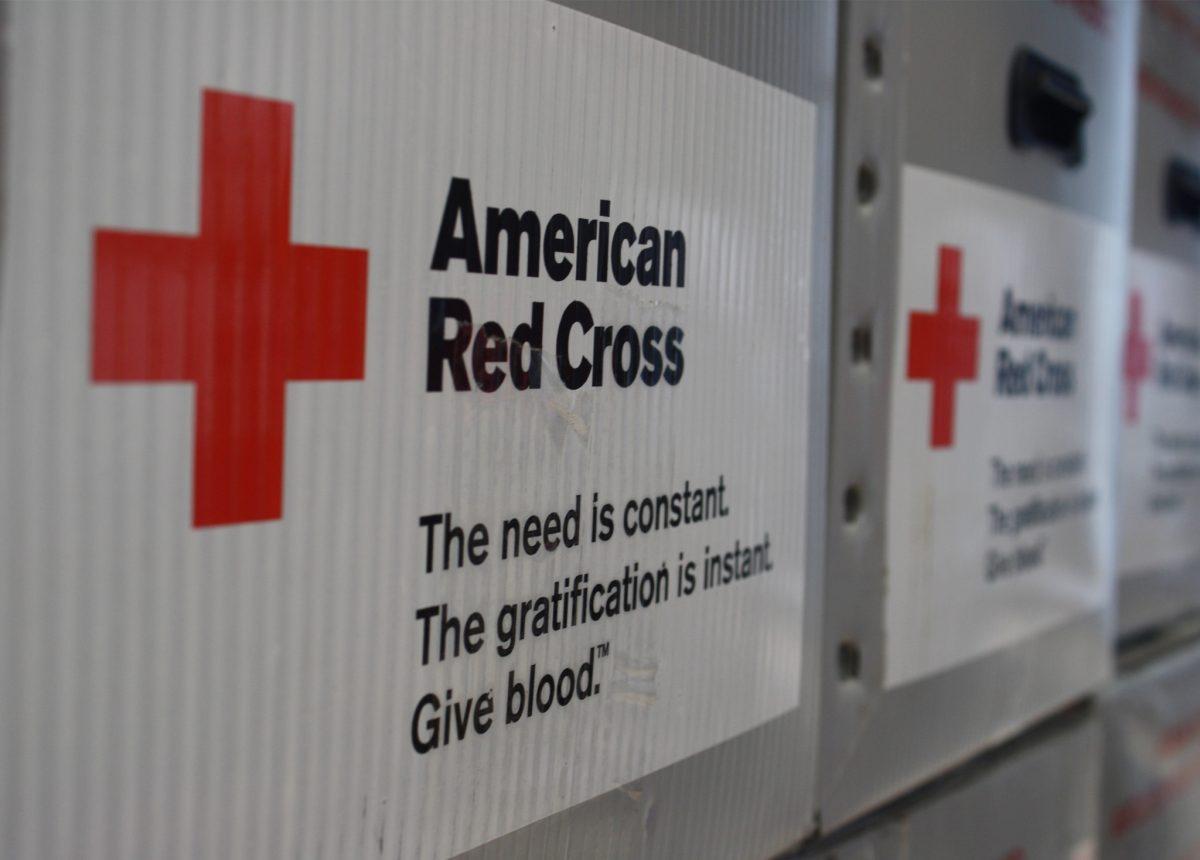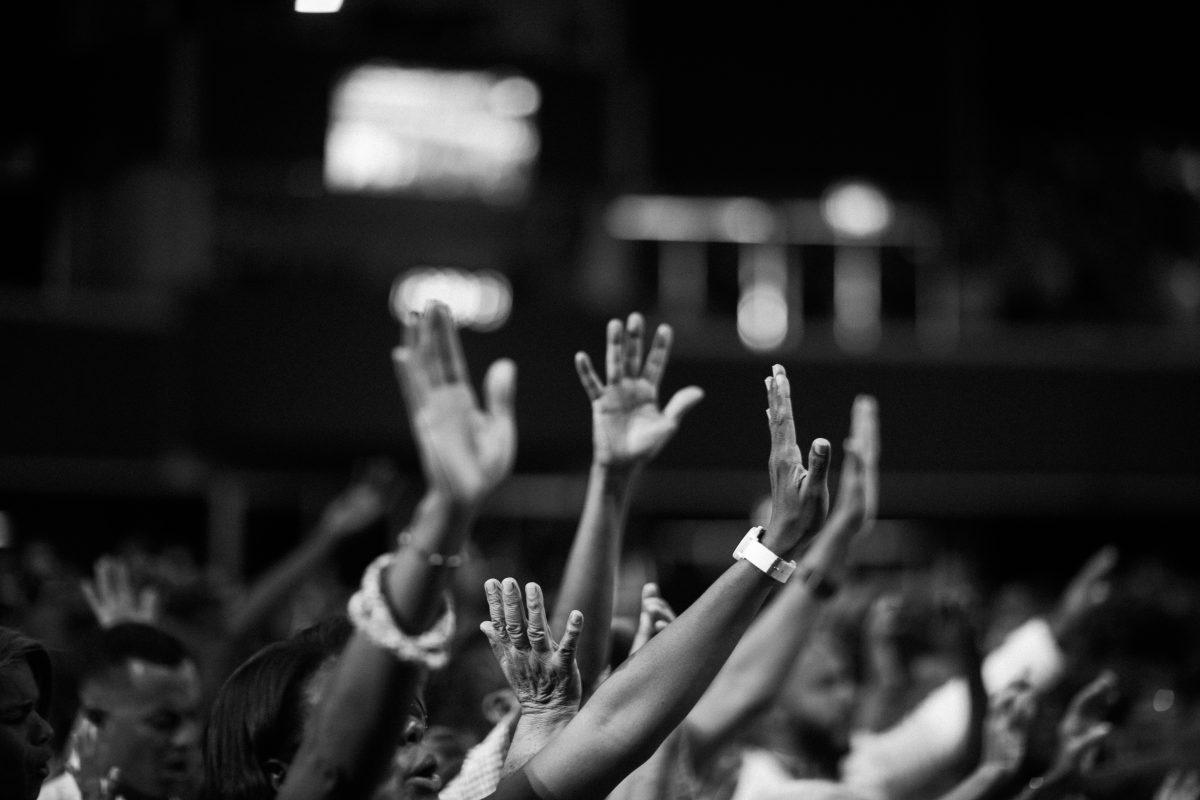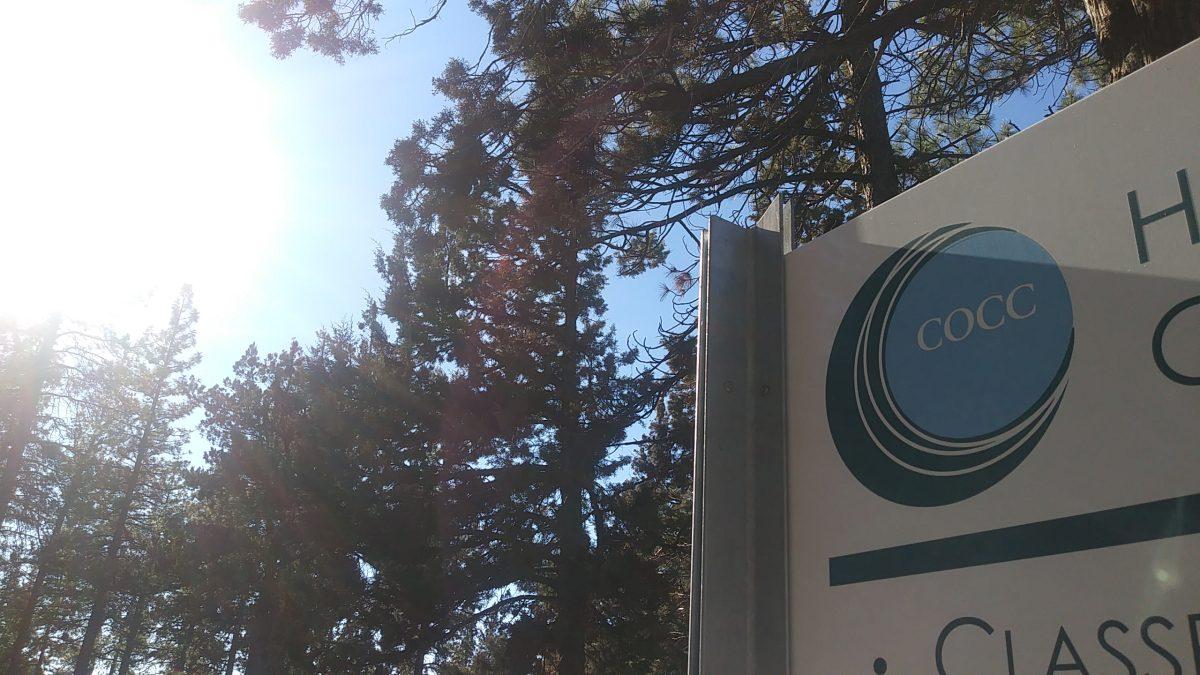By Adam Case | The Broadside (Contact: [email protected])
Some classes taught at Central Oregon Community College offer extra credit if you donate blood at the blood drive held on campus. Anyone could need a blood donation, and anyone can help provide it.
Several times a year, the American Red Cross sets up a blood drive in Wille Hall of the Coats Campus Center. Their schedule is often filled up with students ready to give what they can.
Emily Oakland, first-year student pursuing psychology, has donated several times since high school. The blood drive which took place on Feb. 14 was different for Oakland though, because she underwent a power red donation for the first time.
According to the Red Cross’s official online description, power red donation filters your blood through a machine, separating out red blood cells and returning your plasma, white blood cells, and platelets back to you. The process allows a donor to donate twice the quantity of red blood cells, as they are the most vital aspect of any blood donation. Since the liquid portion of the blood is returned, donors feel more hydrated after the donation compared to a whole blood donation.
Not all blood types are eligible to give a power red donation; O, A-, or B- blood types may give a power red donation. Oakland is eligible as she has O+ blood. This is not to be confused with O- blood, which is the universal donor blood type, which occurs in 7 percent of the population.
Oakland described her experience as “being in the hospital, hooked up to saline bags… when they return the plasma and saline back into your bloodstream, you get very cold and a bit tingly.” She said she would happily do it again and that it “makes [her] feel like [she’s] doing something good.”
Only 38 percent of the population is eligible to donate blood. Of that 38 percent, only 10 percent are active donors. However, on college campuses, a much higher portion of students are still eligible to donate, and more of them have time and motivation to donate.
According to Ashley Cooper, one of the Red Cross workers heading this blood drive, this is what makes Central Oregon Community College as well as local high schools one of the most significant sources of blood donations.
Cooper spent many years working in customer service before she decided she wanted to help people and begin working for the Red Cross. All of their blood drive workers undergo specific phlebotomy (the procedure of collecting blood) training to ensure all procedures are safe, consistent and efficient.
“The need for blood is constant,” Cooper said. “The blood only lasts for so long after its donated.” She explained that every donation of blood could help save up to three lives. Donors should prepare for their procedure by drinking extra water for two or three days before their donation and have a good meal beforehand.
For those who are unable to donate, there are other ways to help. Ninety percent of the Red Crosses workforce are volunteers. 25% of those volunteers are under age 25. The Red Cross offers many ways to volunteer, such as working at local blood drives, assisting in disaster relief efforts, installing fire alarms, helping families in crisis, supporting veterans, and taking part in fundraisers. ■














